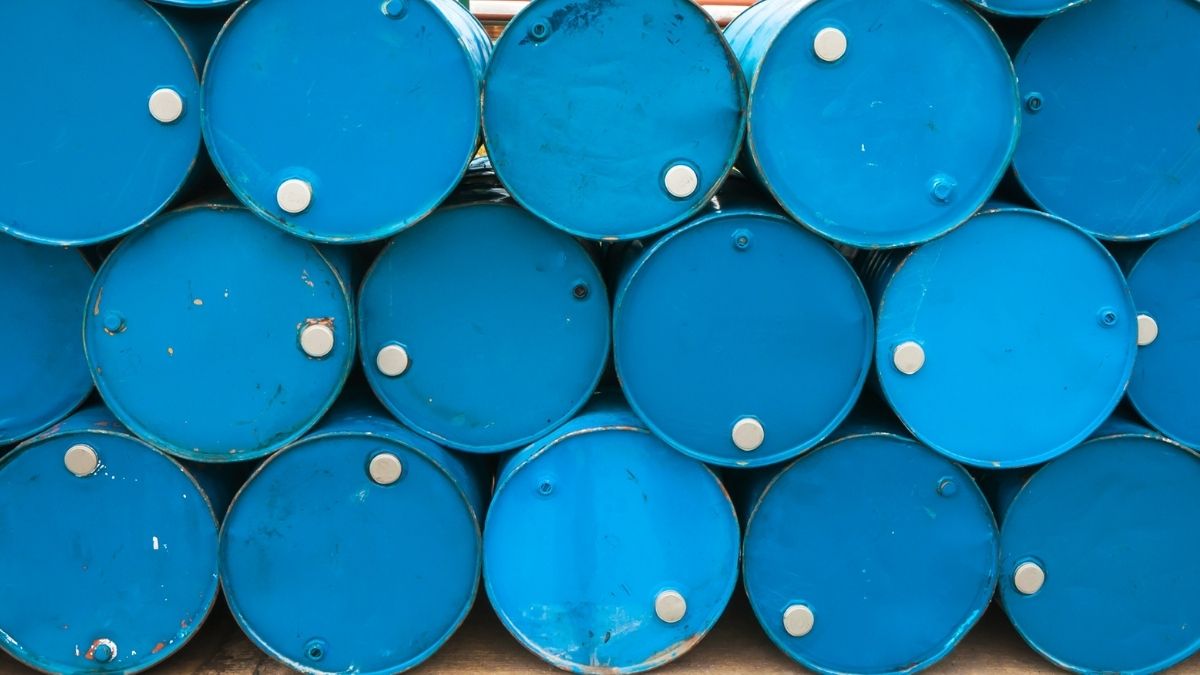Any business or organization that produces hazardous waste is completely responsible for the handling and disposal of such material. The misidentification of any hazardous waste can be very dangerous for the environment and the health of the general public. Therefore, it’s vital that all generators of hazardous waste can properly identify it. Learn the steps to take for identifying hazardous waste by reading below.
Assess if Your Waste Is a Solid
To first find out if you have produced a hazardous waste is assessing if the material is a waste at all. You might assume this would be common sense, but identifying waste is a bit trickier than you’d think. This is the first step of the RCRA hazardous waste identification process. The process is also a vital component of what RCRA hazardous waste generators should know. Some materials, such as those made of aluminum or plastics, might get discarded as garbage by one person but another individual may recognize it as recyclable. The Resource Conservation and Recovery Act (RCRA) developed the term “solid waste,” which is simply the official term for a waste whether it’s solid, semisolid, or liquid in form.
Determine if the Waste Is Excluded
There are various criteria that a substance must meet for it to classify as an RCRA hazardous waste. Many substances, like those found in households, will not fall under the RCRA’s regulations because they involve strict disposal methods which would not be practical for the average person dumping waste from their home. The waste generated in mass quantities by various industries, their businesses, and organizations is not exempt. You must determine if the waste meets the criteria by checking the list of excluded materials. Once you determine that the waste doesn’t contain excluded materials, you should consider it hazardous and get ready for the next step.
Check if the Waste Is Listed as Hazardous
It’s important to check if the waste that you are examining is part of the listing of the specific wastes the EPA considers hazardous enough to require full regulation. These are hazardous wastes that come from a non-specific source, source-specific waste such as sludges from wastewater treatment systems, discarded commercial chemical products, and container or spill residues. You can check the Subpart of the regulations which will show you all hazardous wastes.
Inspect the Waste for Hazardous Characteristics
This is the last of the steps to take for identifying hazardous waste. You need to be able to determine if there is a specific chemical or physical hazard that the waste poses. When waste has either of these two types of threats, it requires separate treatment and disposal from other normal waste or garbage. Look for specific characteristics such as ignitability, corrosivity, reactivity, and toxicity. This way you can pinpoint the direct threat that the waste poses, and you now know what the hazardous waste is and how you need to handle it.










 Deering Estate
Deering Estate
 Massage Envy South Miami
Massage Envy South Miami
 Calla Blow Dry
Calla Blow Dry
 My Derma Clinic
My Derma Clinic
 Sushi Maki
Sushi Maki
 Sports Grill
Sports Grill
 The Healthy Kitchen
The Healthy Kitchen
 Golden Rule Seafood
Golden Rule Seafood
 Malanga Cuban Café
Malanga Cuban Café

 Kathleen Ballard
Kathleen Ballard
 Panter, Panter & Sampedro
Panter, Panter & Sampedro
 Vintage Liquors
Vintage Liquors
 The Dog from Ipanema
The Dog from Ipanema
 Rubinstein Family Chiropractic
Rubinstein Family Chiropractic
 Your Pet’s Best
Your Pet’s Best
 Indigo Republic
Indigo Republic




 ATR Luxury Homes
ATR Luxury Homes


 2112 Design Studio
2112 Design Studio
 Hamilton Fox & Company
Hamilton Fox & Company
 Creative Design Services
Creative Design Services
 Best Pest Professionals
Best Pest Professionals
 HD Tree Services
HD Tree Services
 Trinity Air Conditioning Company
Trinity Air Conditioning Company
 Cisca Construction & Development
Cisca Construction & Development
 Mosquito Joe
Mosquito Joe
 Cutler Bay Solar Solutions
Cutler Bay Solar Solutions


 Miami Royal Ballet & Dance
Miami Royal Ballet & Dance
 Christopher Columbus
Christopher Columbus
 Pineview Preschools
Pineview Preschools
 Westminster
Westminster
 Carrollton
Carrollton
 Lil’ Jungle
Lil’ Jungle
 Frost Science Museum
Frost Science Museum
 Palmer Trinity School
Palmer Trinity School
 South Florida Music
South Florida Music
 Pinecrest Orthodontics
Pinecrest Orthodontics
 Dr. Bob Pediatric Dentist
Dr. Bob Pediatric Dentist
 d.pediatrics
d.pediatrics
 South Miami Women’s Health
South Miami Women’s Health

 The Spot Barbershop
The Spot Barbershop
 My Derma Clinic
My Derma Clinic




 Miami Dance Project
Miami Dance Project

 Rubinstein Family Chiropractic
Rubinstein Family Chiropractic
 Indigo Republic
Indigo Republic

 Safes Universe
Safes Universe
 Vintage Liquors
Vintage Liquors
 Evenings Delight
Evenings Delight





 Atchana’s Homegrown Thai
Atchana’s Homegrown Thai
 Baptist Health South Florida
Baptist Health South Florida

 Laser Eye Center of Miami
Laser Eye Center of Miami
 Visiting Angels
Visiting Angels
 OpusCare of South Florida
OpusCare of South Florida

 Your Pet’s Best
Your Pet’s Best





 HD Tree Services
HD Tree Services
 Hamilton Fox & Company
Hamilton Fox & Company


 Creative Design Services
Creative Design Services